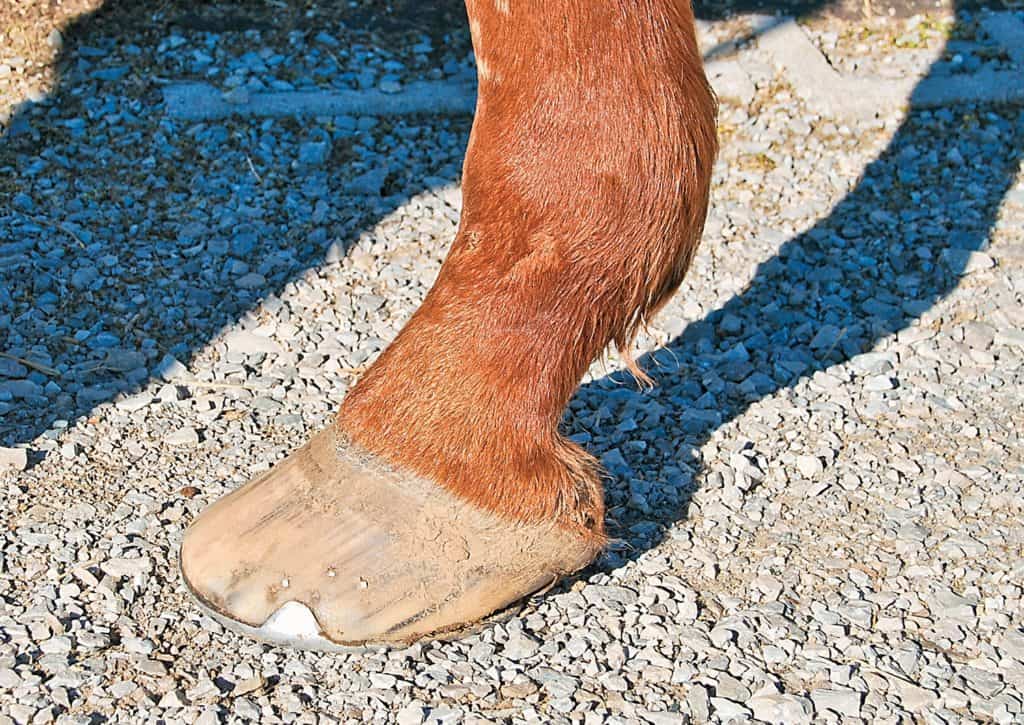
Getting a Jumpstart on Joint Infections
Infected joints can be scary and cause stress, but early aggressive treatment offers the best chance for full recovery.

Infected joints can be scary and cause stress, but early aggressive treatment offers the best chance for full recovery.

From feeding to vaccines and colic to lameness, here are some basic resources to get the new horse owner started.

Horses with chronic laminitis should be closely monitored during treatment and recovery. Here’s what to consider.

Gait analysis applications on a smartphone can give reliable data to help detect hind limb lameness issues in horses.

A look at three of the most common tendon and ligament injuries in horses and how to treat them.
Tweets and take-homes from the equine lameness and colic sessions at the 2016 Western Veterinary Conference.

Vets can use amikacin and mepivacaine to safely and effectively treat lower limb injuries in standing, sedated horses.

Ultrasound and x ray exams can help identify horses potentially at-risk for injury so they can be managed appropriately.

Hoof casts immobilize joints, maintain the hoof-pastern axis, reduce the need for frequent bandage changes, and more.

Would a horse with long-toed, low-heeled conformation benefit from allowing their hooves to grow out naturally?

Improved diagnostics and more promising treatments are putting many foot-sore horses back to work.

Knowing how and being prepared to triage serious wounds can help improve a patient’s likelihood for a good recovery.

Radiographic abnormalities don’t always result in diminished performance; however, many do. Here’s what to know.

Bone chips can be a proper pain in the joint; learn where and why they happen and when they need to be removed.

Here’s how to get your performance horse back to the show ring safely and successfully after layup.

Researchers are always working to determine which deviations from the norm are performance-limiting.
Stay on top of the most recent Horse Health news with
Notifications